1. Social media is shaking things up
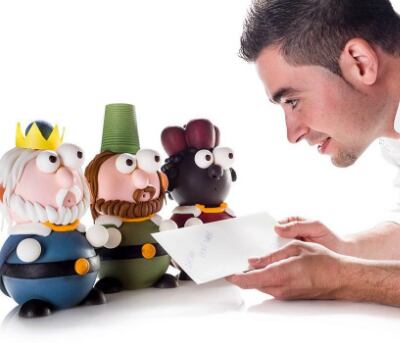
(Photo: Instagram / @Raulbernalb)
Perhaps one of the biggest drivers for chocolate innovation. Thanks to Instagram, chocolate trends have gone global, with hundreds of thousands of people sharing eye-catching chocolate creations.
This has resulted in a trend for ‘character-led’ designs: Raul Bernal’s cutesy chocolate figurines, for example, have won him 22,000 Instagram followers.
While not for everyone, it does highlight how important aesthetics and social media shareability can be in the world of chocolate.
“The whole chocolate movement is moving on apace,” explains Barry Callebaut development chef Julie Sharp. “There’s so much more on Instagram, and the insides of chocolates have really changed too. You used to just get ganache, but now they’re beautiful inside – layers of jelly and gels, with a burst of freshness.”
The super-colourful creations of US chocolatier and Cacao Barry ambassador Melissa Coppel are one such example, while Young is also well-known for his vibrant designs. To get these attention-grabbing bright colours and clean lines, chefs are turning to technology.
“Anything is possible with 3D printing and CNC (computer numerical control) digital cutting, and we’re seeing this as a new thing in the World Chocolate Masters,” says Martin Chiffers, international pastry consultant, former president of Pastry Team UK, and UK competitor in this year’s World Chocolate Masters pre-selections. “The world has become so small with social media, and we are all opening our minds.”
2. Big in Japan: Asian flavours take centre-stage
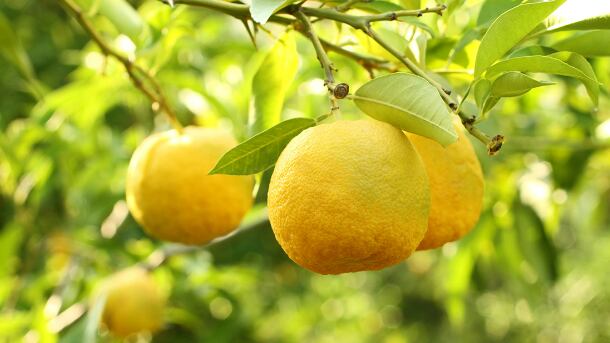
(Photo: Yuzu / Thinkstock)
Asian and, more specifically, Japanese flavours are set to make further strides this year. Already popular in Michelin-starred restaurants Yauatcha and Hakkasan, Japanese ingredients are now cropping up in chocolates and desserts across the restaurant spectrum.
“Yuzu is practically common now,” says Jonathan Deddis, former head pastry chef at Tate Modern, and now chef consultant for Home Chocolate Factory. “And we’ll see more miso, galangal, lychee, kalamansi, rose apple and unusual spices. Japanese pastry chefs are the most skilled at the moment.”
“People are willing to go more off-piste now,” adds Sharp. “At a higher level, I’ve been seeing things such as soy sauce used in desserts, and we’ve been using a Japanese chilli. It adds heat, but is also very fruity. You wouldn’t necessarily know it’s there, but it adds another dimension."
3. It’s all about the story
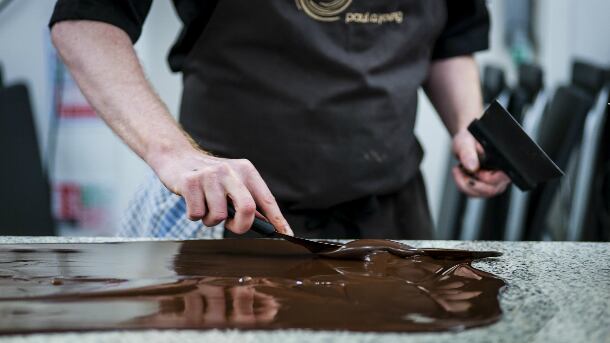
(Photo: Paul Winch-Furness / Paul A. Young)
Fascination with far-off flavours extends not only to exotic fruits; it is also being seen in chocolatiers’ growing obsession with sourcing and sustainability.
Diners want to know the back story behind the beans, which has seen single plantation chocolate enjoy a rise in popularity.
“People are increasingly sourcing from less obvious coco-producing countries such as Cambodia, Vietnam and Thailand,” says Deddis.
“People are talking more and more about individual ingredients,” adds Young. “They ask, which bean? Which grower? Which whisky? Which distiller? You can’t say that one is better than the other, but it’s so much more about provenance. High-end restaurants like to offer that back story."
4. Brexit’s knock-on effect
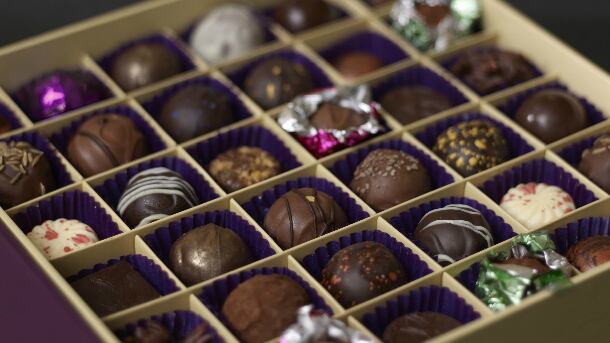
(Photo: Paul A. Young)
There are also threats on the horizon thanks to Brexit, with some in the industry predicting that economic uncertainty will have a knock-on effect for chocolate – although some export opportunities do still exist for chocolate makers.
“The rise in cocoa prices and the exchange rate are already having an impact,” says Will Torrent, pastry consultant and board member for the Academy of Chocolate. “We still have to buy chocolate from France, Italy and Switzerland. It all depends on the trade deals.”
Others suggest that chocolate’s luxury status and special place in the hearts of Brits will protect it, however. “I don’t necessarily think Brexit will affect chocolate,” says Sharp. “Prices might go up, but we’ve been lucky that people haven’t turned away from chocolate, even in past recessions. Chocolate isn’t so expensive that you can’t enjoy it. It’s seen as an everyday indulgence."
5. The war on sugar
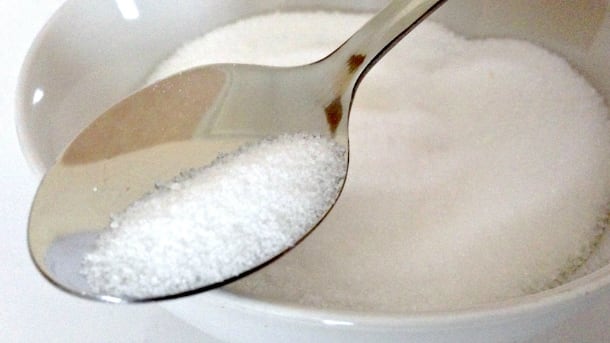
(Photo: Sugar / Thinkstock)
As sugar becomes increasingly demonised in the press and in national health campaigns – such as the British Heart Foundation’s recent DECHOX report, which urged the public to cut out confectionery for their own health – high-end chocolate is poised to fight back.
Some brands have accepted the need to reduce sugar, instead adding more milk into their recipes in order to compensate, with Hotel Chocolat’s recently launched 65% Supermilk variety one such example.
“You probably will see a lot more people wanting sugar free,” says Deddis.
“Sugar reduction is one of the biggest things we’re seeing at the moment,” adds Sharp. “It isn’t very sexy but people are definitely looking at how to reduce sugar and still keep the taste of chocolate.”
However, some higher end chefs and brands are distancing themselves from the ‘reduce sugar’ brigade.
Instead, they are promoting the superior quality of high cocoa-content chocolate. The higher the cocoa content, the less sugar.
Torrent has been especially vocal, championing the antioxidant properties of dark chocolate cocoa flavanols. These, he says, help produce endorphins, and benefit heart and circulation health.
The focus should be on quality rather than quantity, he says. “Real chocolate often gets tarnished with the same brush as its sugary, fatty counterparts, and we know it’s worlds apart,” he explains.
“Health is one of the year’s biggest trends for sure. It’s really gripping the chocolate community and we must do everything we can to educate consumers. Sometimes smaller portions can have greater flavour.”
6. Customers prefer blonds
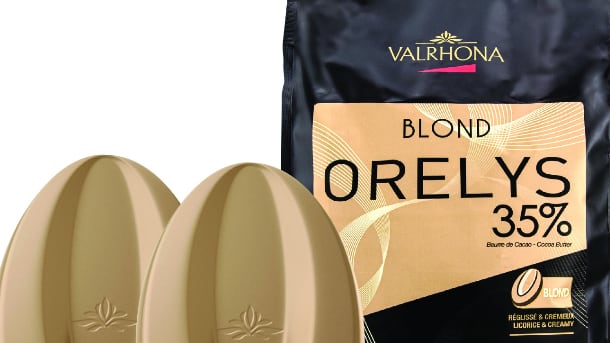
(Photo: Blond Orelys 35% / Valrhona)
Somewhat at odds with this trend for less sugar in chocolate is a move towards ‘blond’, a term first coined by Valrhona when it launched its Dulcey variety in 2013 to describe cocoa butter that’s been slowly caramelised.
It’s now followed up with a second blond chocolate called Orelys.
This contains 35% cocoa butter and a touch of vanilla, and is warmed to a light caramel colour and taste thanks to the addition of Mauritian muscovado sugar. The chocolate is described as having a creamy, smooth mouth-feel with hints of liquorice flavour.
Crucially, it does not have the high sweetness levels of some white chocolate, allowing it to pair well with flavours such as mango, passion fruit and banana.
“As a pastry chef, you often see that white chocolate gets lost when you put it with a strong flavour,” says Luke Frost, pastry chef instructor at Valrhona. “But with the blond chocolates that have distinctive flavours of their own, you can put it at the centre of something, and it’s just about that innovation.”
“It’s really interesting, tastes really different, and it’s fantastic with tropical fruits – such as passionfruit, for that freshness. I think whites and blonds could be the next thing in 2017.”
This story originally appeared in the March 2017 issue of Restaurant Magazine, out now! Subscribe here for only £63 per year
